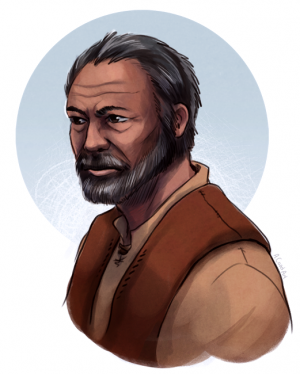OK, this is dumb, but it’s gone through my head a couple times. I’ve seen a few science fiction movies and shows where the people in the spaceship use a gravity assist and lean into the turns like they’re driving NASCAR or riding a roller coaster.
I think they wouldn’t feel the acceleration (vector change) because gravity is doing the acceleration on every molecule and there would be nothing to lean against. I’m often wrong though. Someone smarter than I am have some insight?
EDIT: For what it’s worth, I guess I shouldn’t have used the Expanse clip as it upset some people. I just used it for an example of what I was asking. The question is this: Under little or no thrusters, would you feel a gravity assist? Even a radical one that changes your direction 90 degrees and greatly increases your velocity?
No,
It is purely for dramatic effect.
In a gravity assist ( to be technical using a hyperbolic orbit of a large mass to change direction and gain velocity) the object is still following the curvature of space time. So the change in direction is affecting all particles in the object at the same time.
It is the same as people in the ISS orbiting the earth, they do not have to lean in the curve as they are following the curvature in spacetime around the planet. The only difference is one is a hyperbolic orbit (gravity assist) while the other is a
parabolicelliptical orbit (ISS)A parabolic orbit for ISS? So she shoots out into space? ISS has a pretty much circular orbit maybe a little elliptical. Parabolas are open.
Bugger, brain fart for me, you are right. It should have been elliptical.
I’ll correct.


